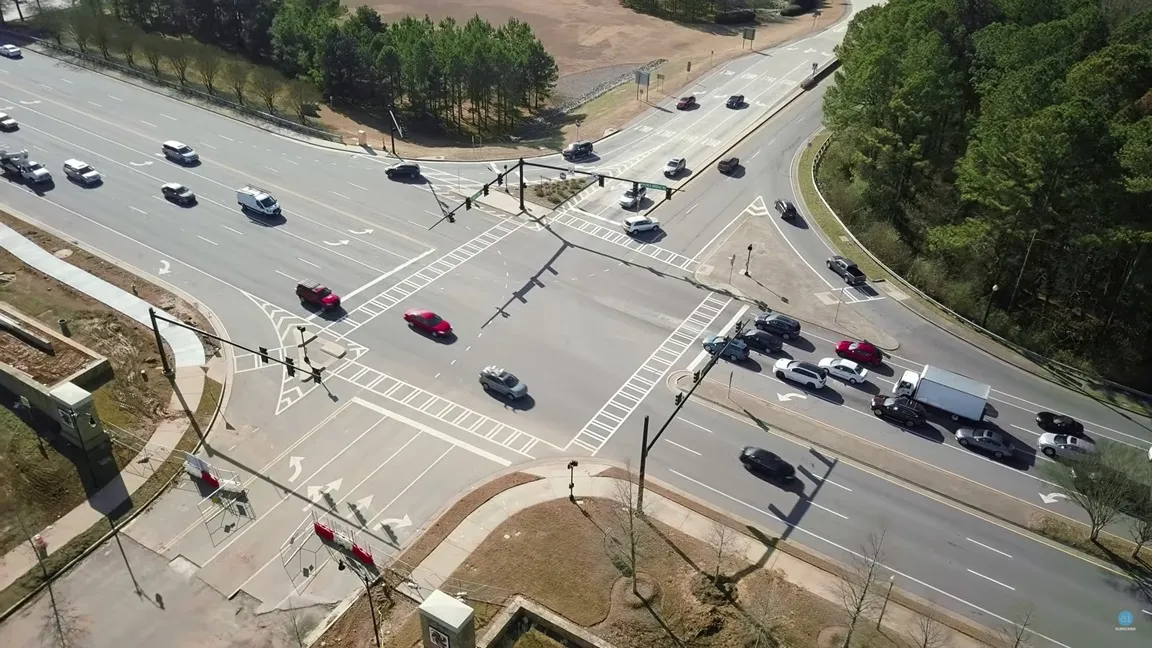Nanyang Technological University, Singapore (NTU Singapore) and BlueSG have launched 22-seater flash-charging electric shuttle which is said to only require 20 seconds to recharge at stations while passengers board and alight. It will commence road trials between NTU’s Halls of Residence at North Hill and JTC’s CleanTech One and be available for students from the second half of 2018.
Called the NTU-Blue Solutions Flash Shuttle, it uses Bolloré’s Bluetram vehicle and aims to provide the same efficiency as a tram system.
The collaboration is also one of the key initiatives under the France-Singapore Year of Innovation 2018, which sets out to intensify cooperation on innovation between the two countries. The Economic Development Board also supports the project.
Marie Bolloré, managing director of Blue Solutions, said: “We are very proud of our partnership with Nanyang Technological University, one of the most prestigious scientific institutions in the world. The launch of this very first Bluetram in Singapore, for the students and professors of NTU, further validates the technology and expertise of the Group in the field of electric battery. Our ambition is to make available innovative mobility solutions to the greatest number (individuals, states, communities and companies) that respect the environment.”
NTU and BlueSG launch 22 passenger electric shuttle in Singapore
Nanyang Technological University, Singapore (NTU Singapore) and BlueSG have launched 22-seater flash-charging electric shuttle which is said to only require 20 seconds to recharge at stations while passengers board and alight. It will commence road trials between NTU’s Halls of Residence at North Hill and JTC’s CleanTech One and be available for students from the second half of 2018. Called the NTU-Blue Solutions Flash Shuttle, it uses Bolloré’s Bluetram vehicle and aims to provide the same efficiency as
January 26, 2018
Read time: 2 mins










